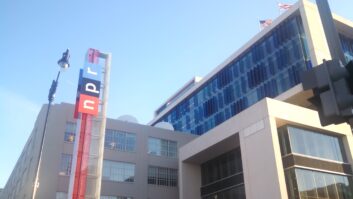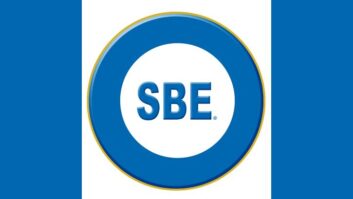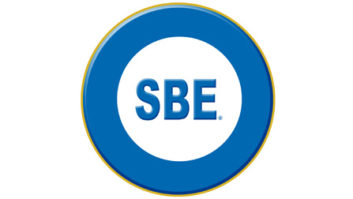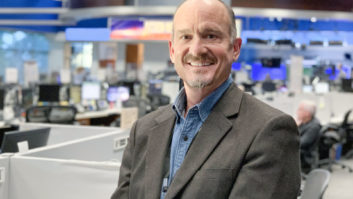
Do what you can do now; and do it soon.
That’s a shorthand version of what U.S. broadcast engineers are asking the FCC to do about the country’s AM band, through comments filed by the Society of Broadcast Engineers.
Among the many comments being filed about AM revitalization, SBE’s are of particular interest to Radio World readers. We summarize them here as part of our series compiled at radioworld.com/amcomments.
SBE supports elimination of the ratchet rule. It backs the use of Modulation Dependent Carrier Level control technologies or algorithms, and supports the relaxation, though not elimination, of AM antenna efficiency standards. It calls for a “multi-faceted initiative” to reduce the serious problem of RF noise in the medium-wave bands. It also laid out several rule or policy changes that would help the situation.
“There are other proposals in this proceeding that will inevitably improve AM broadcasting,” the organization wrote, “but SBE considers the issues addressed herein to be the most urgent of these.”
Among specific recommendations, SBE said the FCC should allow AMs to use short antennas where local regulations allow, even though these may be less efficient. “The Notice proposes to permit up to a 25 percent reduction in antenna efficiency. This appears to be the proper measured approach.” But it does not want to do away with the idea of a minimum level of performance of an AM antenna system.
SBE supports a reduction of the minimum effective field strength standard that the commission uses, to give AMs more flexibility in antenna system design and site selection.
Regarding the big question of RF noise from consumer electronics, power lines and such, the society says regulatory relief is “absolutely necessary” and cautioned that the FCC should not be “overly fatalistic,” meaning it should not just accept that continued growth in such noise sources is inevitable.
“The goal of AM revitalization will never be realized in the medium and long term in the face of the headwind of a worsening RF noise environment in the AM broadcast band.” The group feels that the FCC has never had a complete understanding of “ambient RF noise levels and trends over time,” and that regulations, policies and enforcement are uneven. “When an AM listener receives interference, he or she will not suffer it. They will simply utilize different media,” SBE wrote (italics are in the original).
AM broadcast band interference is not well-documented, and the FCC isn’t equipped to enforce it if it were, SBE feels.
Importantly, existing regulations should be better enforced and new regulations created. SBE says the FCC should do the following:
-Enact radiated emission limits below 30 MHz in Part 15 rules for unintentional emitters such as plasma television receivers.
-Lower the limits for LED light bulbs in line with those for fluorescent bulbs in Part 18.
-Order better external labeling on packaging for Part 18 fluorescent bulbs and ballasts.
-Enact specific radiated and/or conducted emission limits for incidental emitters such motors or power lines.
-Enact conducted emission limits on pulse-width motor controllers used in appliances.
-Substantially increase enforcement in power line interference cases, and make that enforcement more visible. Describing the experience of ham radio operators with power line noise, SBE wrote: “Power line radiation in the HF and MF Amateur allocations will in most cases directly translate to preclusive noise in the AM broadcast band.”
The society also described its concerns with certain other strategies. It believes there are “inherent inequities” in any plan that is primarily focused on FM translators. “Such a plan would disserve AM broadcasters for whom an FM translator is not available due to FM band channel scarcity. Furthermore, that solution focuses listeners’ attention away from the AM band.”
Another popular notion is relocation of the AM broadcast band. SBE believes this “would take so long to effectuate that it would not be helpful to the current generation of AM licensees. AM revitalization should have both short-term and long-term elements.”
SBE also took pains to mention the impact of AM’s problems on engineers, and it lobbied for quick action. It asked the commission not to “treat this proceeding in the nature of a Notice of Inquiry. The adverse circumstances of AM broadcasters and skilled AM broadcast engineers call for some urgent regulatory relief.”
SBE thinks AM still has a potentially bright future but that the FCC plays a “substantial” role in allowing it to happen “without delay.”
The filing was signed by SBE President Joseph Snelson, Government Relations Committee Chairman Ched Keiler and General Counsel Chris Imlay.
Read the SBE comments:
http://apps.fcc.gov/ecfs/document/view?id=7521066960
Read RW summaries of other AM comments:







